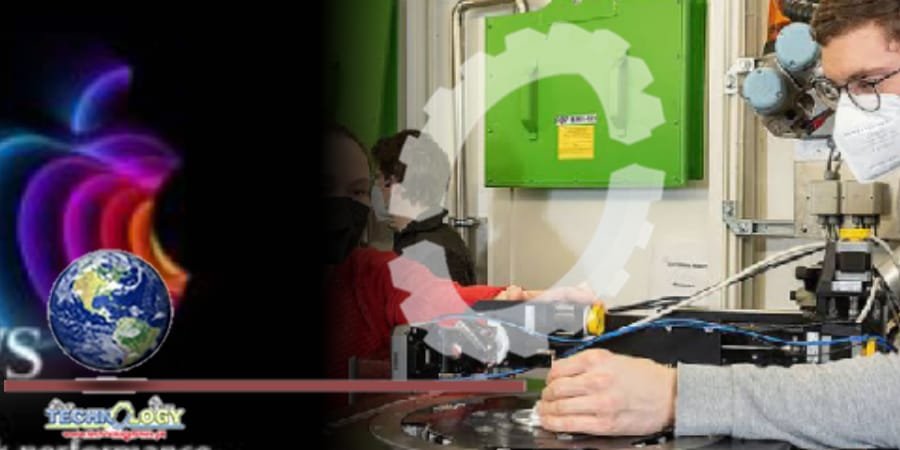Also known as microtomography, Micro-computed tomography (Micro-CT) is a 3D imaging technique that generates 3D images of the internal structure of samples with small dimensions. It is generally used to gather information on the structure and characteristics of tissue and material selections, which are essential in diagnoses and other analyses.

Scientists use the method to obtain information on the structure and characteristics of tissue and material samples, which are essential in diagnoses and other analyses.Now, biomedical physics and biology scientists have significantly improved micro-computed tomography, more specifically imaging with phase contrast and high brilliance x-ray radiation. They developed a new microstructured optical grating and combined it with analytical algorithms.
X-ray imaging with phase contrast could be promising for investigating soft tissue. It uses the tomography refraction of the x-rays caused by the sample’s structures to obtain contrast for these structures. It shows soft tissue in greater detail than it is possible with conventional x-ray methods.Julia Herzen, professor of Biomedical Imaging Physics at the Technical University of Munich (TUM), said, “In many phase-contrast methods, optical components modulate the x-rays on their way to the detector, resulting in what is referred to as a diffraction pattern at the detector. When comparing this pattern with and without the sample in the x-ray beam, the refraction of the x-rays on the sample provides information about its characteristics.”
“Until now, inefficient structures such as sandpaper and absorption masks have been used for this type of modulation, but in the meantime, a variety of optical gratings are available. The function of the new optical gratings resembles that of small lenses. The gratings focus the x-rays to form tiny points. This renders the differences in intensity with and without the sample much clearer and makes it possible to visualize even minute differences in the tissue in greater detail.”Using high-brilliance x-ray radiation, scientists introduced a new method for micro-CT with phase contrast. It relies on a newly developed optical grating referred to as a Talbot Array Illuminator, a new optical element resilient to x-ray radiation. Besides being easy to produce, the element can be used with different energies.
Thanks to this method, scientists could use the radiation dose more efficiently than ordinary modulators.Prof. Herzen said, “By combining our newly developed Talbot Array Illuminator with new analysis software optimized for the purpose, we’ve been able to improve imaging and analysis with micro-CT significantly. The new technology is more sensitive than comparable methods in this field. It allows depicting soft tissue with higher contrast than previously at very high resolutions. High sensitivity is significant, for example, to detect fine differences within soft tissue.”
Source:Techexplorist
